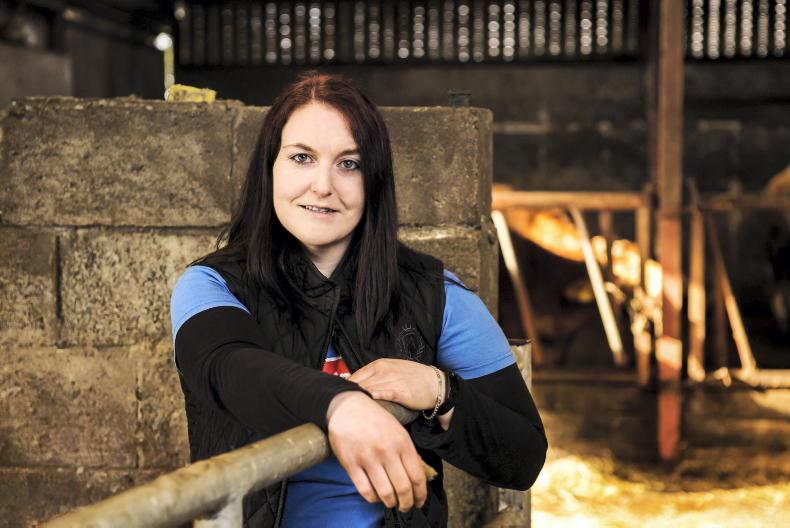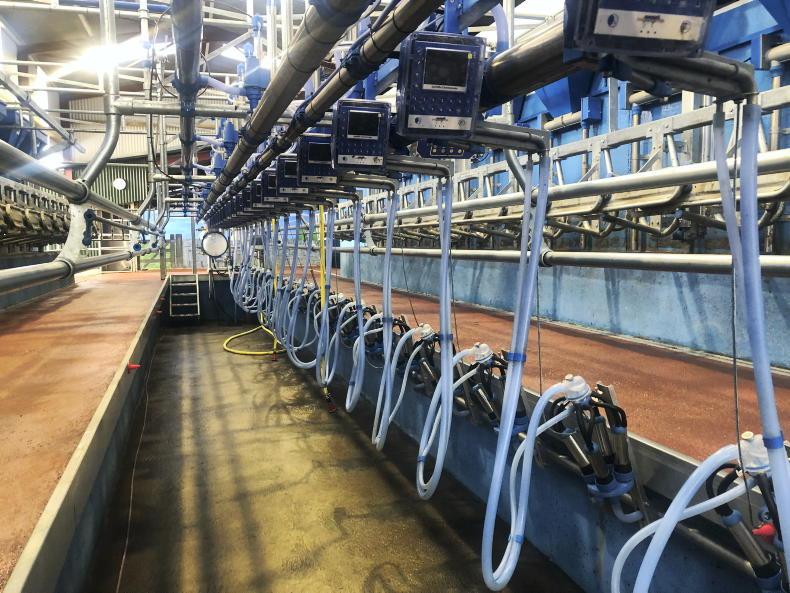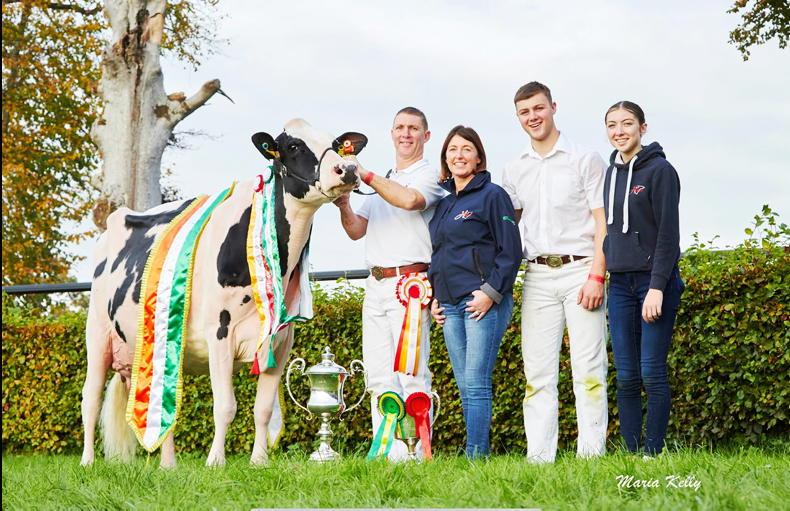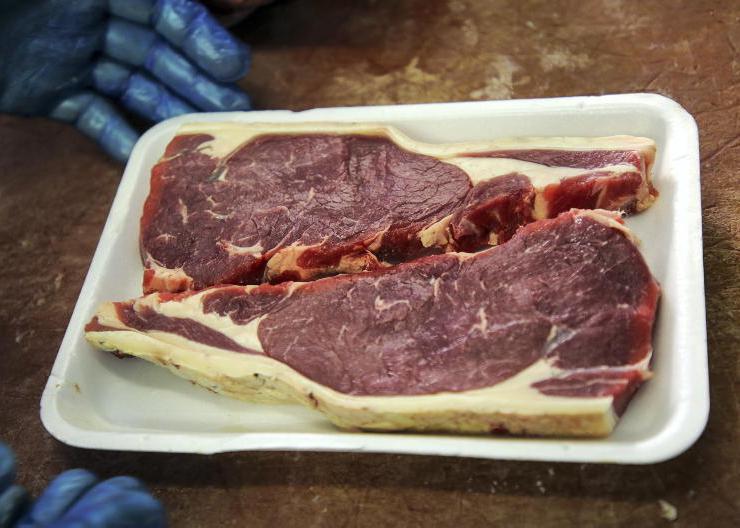The popular belief is that by the livestock sector of Irish agriculture reducing emissions by between 22% and 30%, then greenhouse gas (GHG) emissions will be reduced.
Irish farmers are required to achieve cuts at whatever point between 22% and 30% the Government decides on, and the higher the percentage reduction required, the greater the reduction in cattle numbers will be required to deliver that.
Unfortunately for GHG emissions, such a cut in Ireland would cause an increase globally, not a decrease!
The reason for this is in the OECD-FAO Agricultural Outlook 2022-2031 report published last week.
Global demand for both beef and dairy products is forecast to be higher a decade from now that they are at present and an increase in global production is forecast to meet this demand. And if a product is not produced in Ireland, it will be produced somewhere else that may have higher emissions per unit of production than if it was produced in Ireland.
Dairy
While global consumer demand will increase for all meat and dairy products over the next decade, the consideration of dairy production best explains why less emissions are required in the developed world compared with the developing world.
OECD-FAO estimate that 96% of world milk production comes from cows/buffalos with the remaining 4% from a combination of sheep, goats and camels.
These species are more common in the developing world than the developed world and this helps explain why developing countries have an exceptionally high number of livestock compared with the developed world.
However, these have a minimal impact on overall yields, which are up to seven times lower than in the developed world, which includes Ireland, most of Europe, North America and New Zealand.
In the developing world a huge quantity of milk is produced from “backyard” herds for local consumption compared with professional high-output farms in developed world. The effect of this is that GHG emissions are lower per litre of milk than in the developing world, where expansion in production and demand will be greatest in the coming decade.
Demand a decade from now
The report forecasts that overall global consumer demand for fresh dairy products will grow to 556m tonnes by 2031. That is 102.5m more than is forecast for 2022.
Butter consumption is forecast to grow by 2.3m tonnes and cheese by 2.6m tonnes over the same period. While demand growth is forecast to be low in the developed world, it will be significant in the developing world.
Production of dairy produce to meet this increased demand will be greatest in the developed world, where most potential for growth exists due to low yields currently.
The report identifies that “policies to address GHGs could have a significant effect on dairy farming in regions with high stocking densities, notably in the Netherlands, Denmark, and Germany”.
We could add Ireland to this list and the report also identifies that “these pressures could lead to innovative solutions improving productivity and competitiveness in the long term”.
As for the level of GHG emissions, the report says that this will “largely depend on efficiency gains in India and other countries with high cattle population and extensive production”.
Yield per head is forecast to improve marginally from 0.7t per head in 2022 to 0.84t per head in developing countries by 2031. However, in developed countries, yields at 5.52t per animal in 2022 are forecast to increase to 5.92t per animal by 2031.
Dairy production has reached exceptional levels of efficiency in developed countries and has sufficient competitive advantage to trade surplus production, beyond domestic demand, successfully in global markets.
To minimise emissions, it makes sense to produce as much milk as possible from the lowest number of high-yielding cows.
It also follows that it is illogical to force a reduction of high-yielding cows in Ireland only to be replaced by lower-yielding cows in developing countries to satisfy the extra 105m tonnes of dairy product required by world markets in 2032.
If we elect to do so, the law of unintended consequences will mean that our good intentions to reduce emissions will in effect make the global problem worse.










SHARING OPTIONS